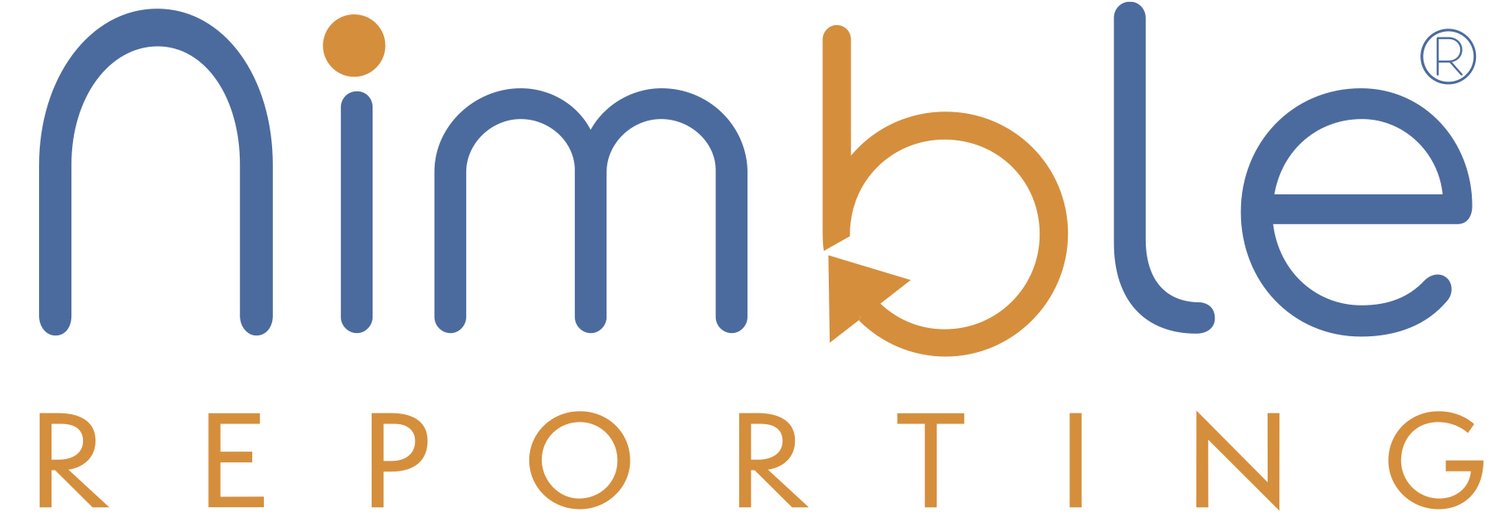ACA State Marketplace Models and Key Policy Decisions
It is critical for people looking for health insurance have the ability to understand the system and react accordingly. The Commonwealth Fund has published an interactive map to provide that information on a state-by-state basis.
FROM THE COMMONWEALTH FUND / BY RACHEL SCHWAB, RACHEL SWINDLE, JALISA CLARK, JUSTIN GIOVANNELLI
The Affordable Care Act (ACA) created health insurance “marketplaces” to provide a one-stop shopping experience on a trusted government website for consumers to enroll in federally subsidized health plans that meet a common set of coverage standards. During open enrollment for the 2023 plan year, more than 16 million people signed up for health insurance through the marketplaces.
The marketplaces are meant to foster competition on price and value, facilitate meaningful plan comparison, and allow consumers to sign up for affordable, comprehensive private coverage. Some states opted to run their own marketplace while other states have ceded this responsibility to the federal government. The interactive maps below identify each state's marketplace model and summarize key policy decisions across the federal and state-run marketplaces.


